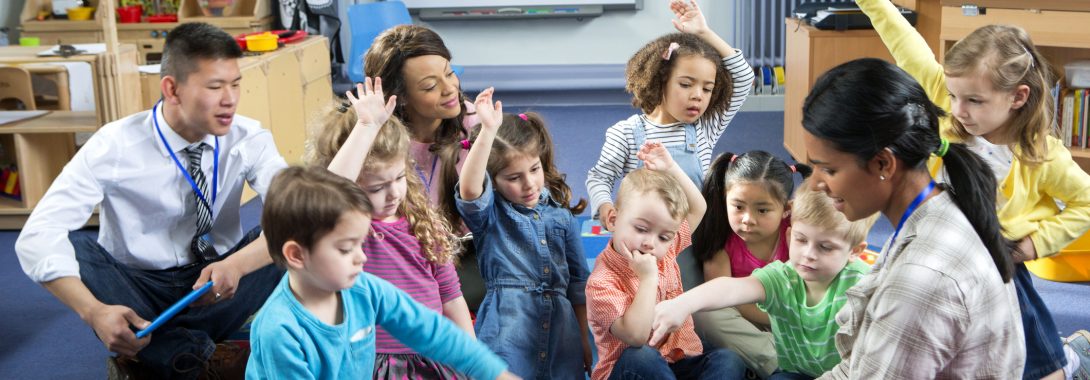The Early Years Foundation Stage (EYFS) refers to the learning period when children 0-5 years of age are introduced to new ideas and perspectives. Generally, for this age group, there are seven areas of learning and development that need to be considered.
These include three Prime Areas (Personal, Social and Emotional Development; Communication and Language; Physical Development) which evolve swiftly through relationships and experiences. In addition, there are four Specific Areas (Literacy, Mathematics, Understanding the World, and Arts and Design) which comprise essential skills and knowledge to help children have the best possible start to their education.
When it comes to the implementation of the EYFS, as demonstrated by the best nursery in Abu Dhabi, there are four guiding principles that the nursery and teachers recognize. First and foremost, every child is unique and each one can grow to be healthy and independent through positive relationships. That being said, different children advance and learn in diverse ways and at varying speeds. However, all children learn and grow best in an empowering environment.
Read on to learn more about the EYFS seven learning areas:
1. Personal, Social and Emotional Development
This area serves to develop children’s social skills and helps them cultivate respect and an understanding of various emotions. Children learn to form a positive sense of themselves and others and build self-confidence and self-awareness. They are able to create positive relationships and acquire respect for others; to learn appropriate behavior in groups, and to have conviction in their abilities.
2. Communication and Language Development
Young children must feel that they can express themselves while also learning to speak and listen in a range of situations. By creating this kind of learning environment, children are in a better position to develop their language and communication skills, which includes listening and attention, understanding, and speaking.
3. Physical Development
Even though young children are generally somewhat active, they also need to learn the importance of life-long physical activity and healthy food choices. Therefore, this area focuses on providing occasions for youngsters to be active, and to strengthen their coordination and mobility. In other words, this has everything to do with health and self-care.
4. Literacy
Literacy development helps young learners start to develop their phonemic awareness (the capacity to hear and identify words and sounds). To do this, teachers take every opportunity to encourage children to link sounds and letters. Additionally, it includes the beginning stages of reading and writing. To further ignite interest, children can be presented with a wide range of reading materials, including books, poems and the like.
5. Mathematics
Children must learn to develop skills related to mathematics. This involves numbers and calculations, as well as the ability to describe shapes, spaces, and measurements. In this area, teachers are advised to provide young learners with numerous opportunities to strengthen and enhance these skills so that they are able to count, comprehend and utilize numbers.
6. Understanding the World
Children understand things through observation. This can be developed through the exploration of places, people, and things. While this is a life-long skill, teachers can start to encourage an interest in the world by guiding children through the physical world and their community. During this period, children should be encouraged to look for ways to explore, observe, and find out about people, places, technology, and the environment.
7. Arts and Design
There is nothing more important than encouraging children to be imaginative. As there are plenty of documented benefits of art for children, young learners should be given regular opportunities to express themselves.
Therefore, this learning area requires children to be allowed to play with a wide range of media and materials. Additionally, children should be encouraged to engage in activities promoting art, music, dance, design, and technology.
Author Bio
Ayesha Hoda is a marketing and communications specialist working at Step By Step Nursery Group in the UAE. She holds an MBA degree from a leading business school in Pakistan and has more than 13 years of experience in corporate communications and journalism. She has worked in both agency and client-side roles, designing communication strategies for multinational clients, nonprofits and small businesses in various industries, such as education and healthcare.

